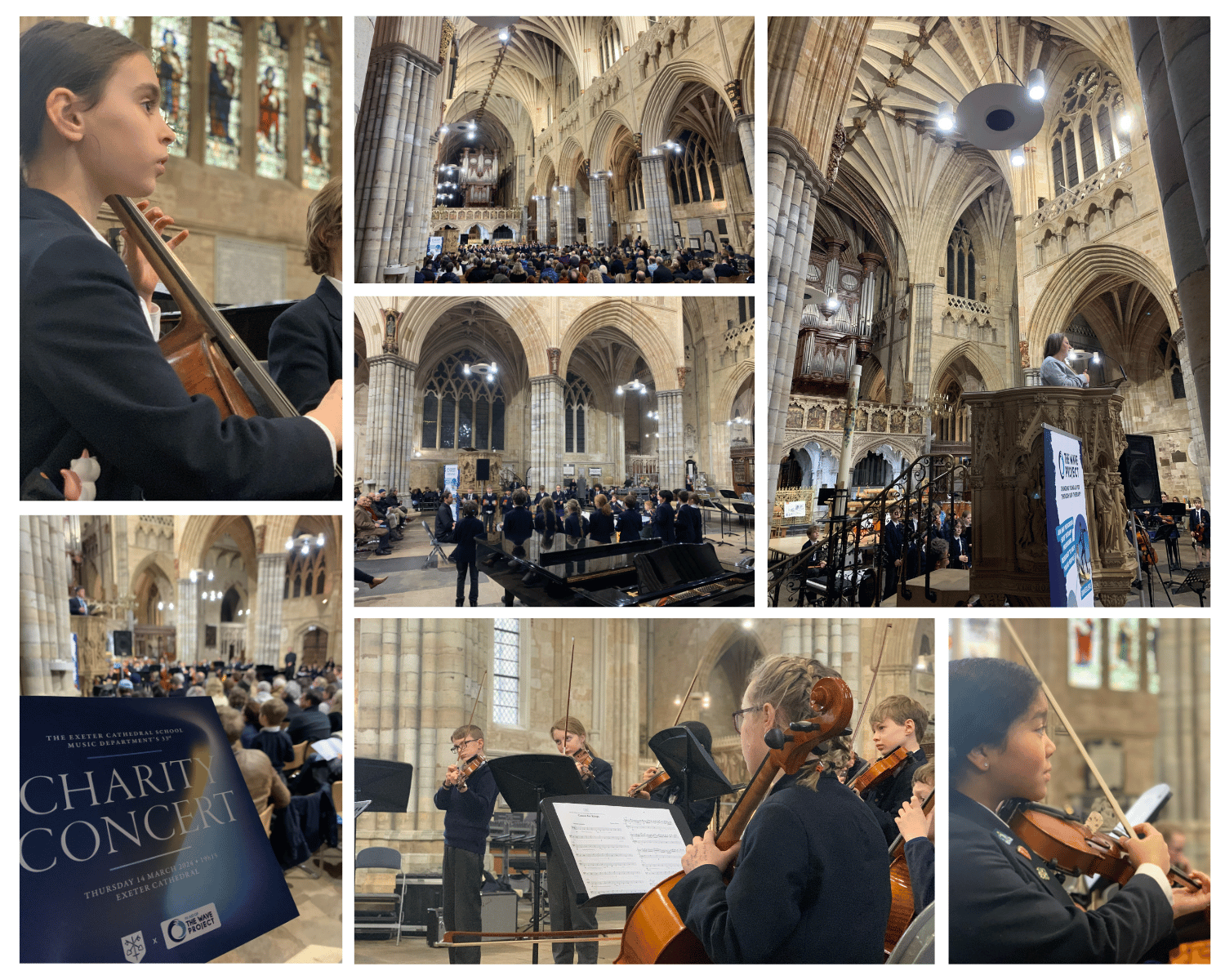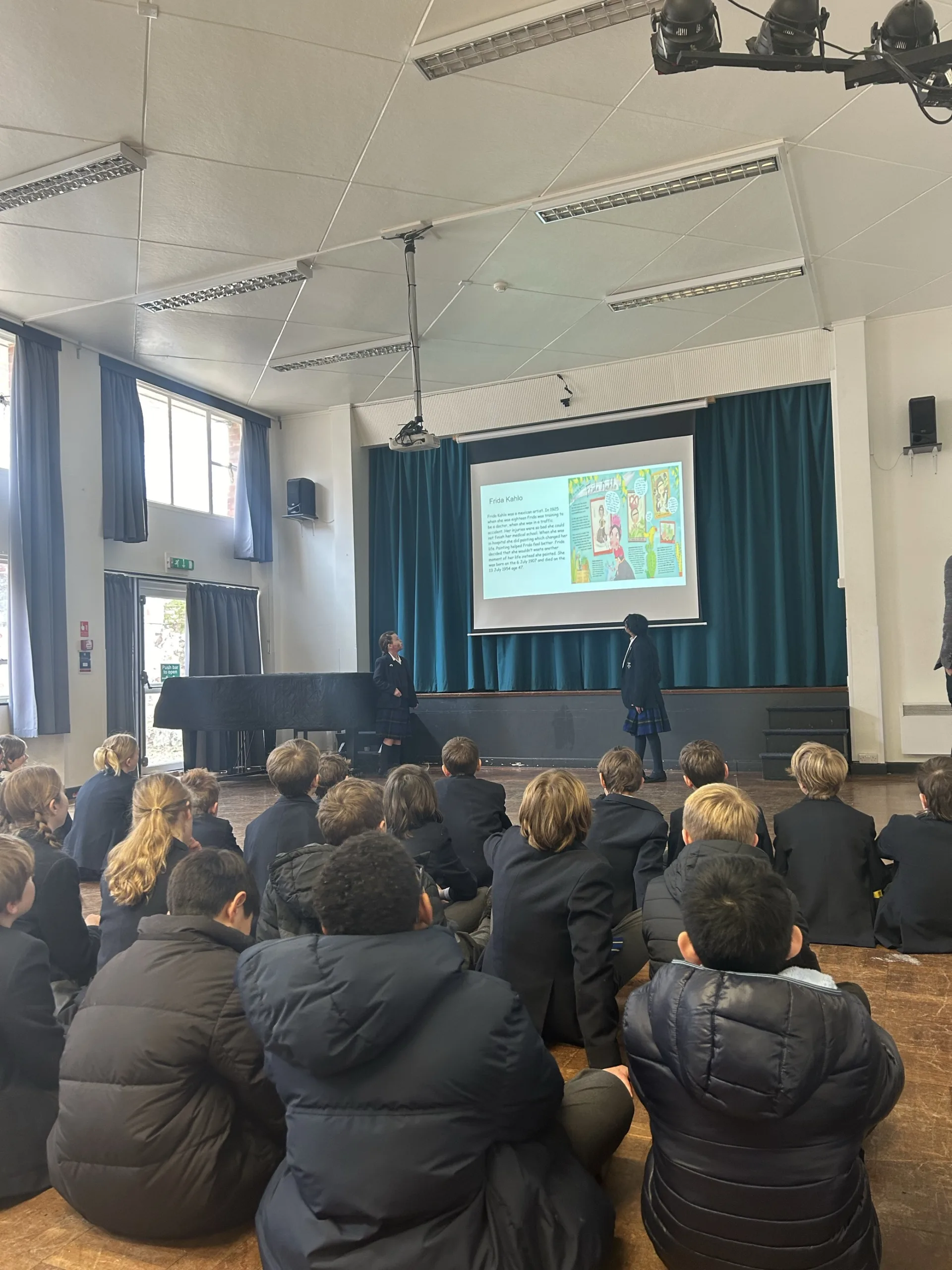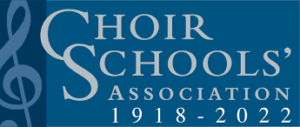“…Who takes thee by the hand that thou likewise with him mayst rise!”
George Herbert
For some years, before his long illness and death, I exchanged letters with Jonathan Miller, that acerbic polymath: well-read and indeed immersed in so many aspects of intellectual matters, from science and medicine, through to Shakespeare and Opera. He was not comfortable to be with. In London’s Coliseum, where he was directing his English National Opera production of Verdi’s ‘Rigoletto’, I sat with him, in a rehearsal interval, down some dingy backstage passageway. Devoid of mind-flattening small talk, he turned to me. “Now I hear from your daughter that you’re a bishop. What I don’t understand is that, given that you are, I assume, a reasonably intelligent man, how do you come to that ridiculous belief in ‘resuscitated bodies’?” Now, it may well be that, as so many have had to bid farewell, in bewilderingly remote circumstances, to intimate friends or family since the arrival of Covid-19, that images of the ‘Resurrection’ seem peripheral at best.
It’s true that I come from that breed and vintage of priests [and bishops!] where radical belief or more accurately non-belief was not only fashionable but even required. Thus, I have, I must confess, been at times embarrassed to answer that question of Jonathan Miller’s; repeated so often in a derisory manner; sometimes with cold cynicism or dismissive sarcasm and sometimes, but less frequently, out of genuine enquiry. So, perhaps, you might be forgiven for labelling me a Resurrection agnostic. However, that wouldn’t be true. My not knowing is of no significance in comparison to being loved by the Resurrection. I do have a profound, if stumbling, love affair deep within me of Christ’s Resurrection.
The suggestion is often made that the Resurrection is a myth. In today’s English usage, that suggests that the Resurrection is not true, it is a fantasy. This is to misuse the word ‘myth’, which is of significant importance as myth is a revelation of Truth, not through scientific facticity, or cold analysis, but through the world of art, literature, music and poetry – indeed through human experience. Definitive language has a crucial inadequacy to it. The Resurrection described as myth in these terms is infinitely more ‘true’ than any ‘truth’ that science or analytical measurement can articulate. To describe the Resurrection of Christ as a ‘resuscitation’ of bone and protoplasm is thus to miss the point spectacularly.
‘The Resurrection of the Body’, as Christians recite in creeds and liturgy in Exeter Cathedral through to little Chapels of Ease in remote Devon, arises from that inexplicable perception of Christ’s presence in the ‘now’ that is experienced in a Body of People ‘now’; people of “light and warmth”, as the writer Harry Williams describes the people of the True Resurrection. He goes on to suggest that the true Resurrection is “a country we have already visited”.
The challenge then is knowing the Resurrection as my ultimate future, your ultimate future. Christ’s presence, let me be straight with you, is deeply uncomfortable and hopeful in the same moment. God is as he is in Jesus: deeply wounded and killed. Therefore there is no disaster, no pain, now crisis, no catastrophe, no dying, no death, that God has not already experienced and is experiencing – now. For me, there is no proclamation of hope and love that can come remotely close to such a vision, such a presence. This strangely has galvanised men and women to live with such abandonment in their loving that the Resurrection becomes the experience portrayed in these lives of “light and warmth”. The Resurrection, then, is indeed “a country we have already entered”.
When I meet a fellow human-being of light and warmth, I meet Christ, and more significantly, Christ’s True Resurrection. My own longing and prayer is that Exeter Cathedral School holds at the heart of its educational life and resources, this ‘True Resurrection’ as a radical environment for the pupils, staff, families, relatives and friends. This is bound to be costly because it can lead to ridicule and rejection. Even this costliness, it seems to me, is the paradoxical mark, indeed wound, of the supreme significance of the Resurrection now that constantly sees the fulfillment of the ‘light and warmth’ in the mystery of Resurrection that is not yet. May the Resurrection ‘now’ touch you and yours, as you travel through the woundedness of Holy Week to the light and warmth of Easter.
“…Who takes thee by the hand that thou likewise with Him mayst Rise!”
George Herbert
Bishop Martin
School Chaplain













